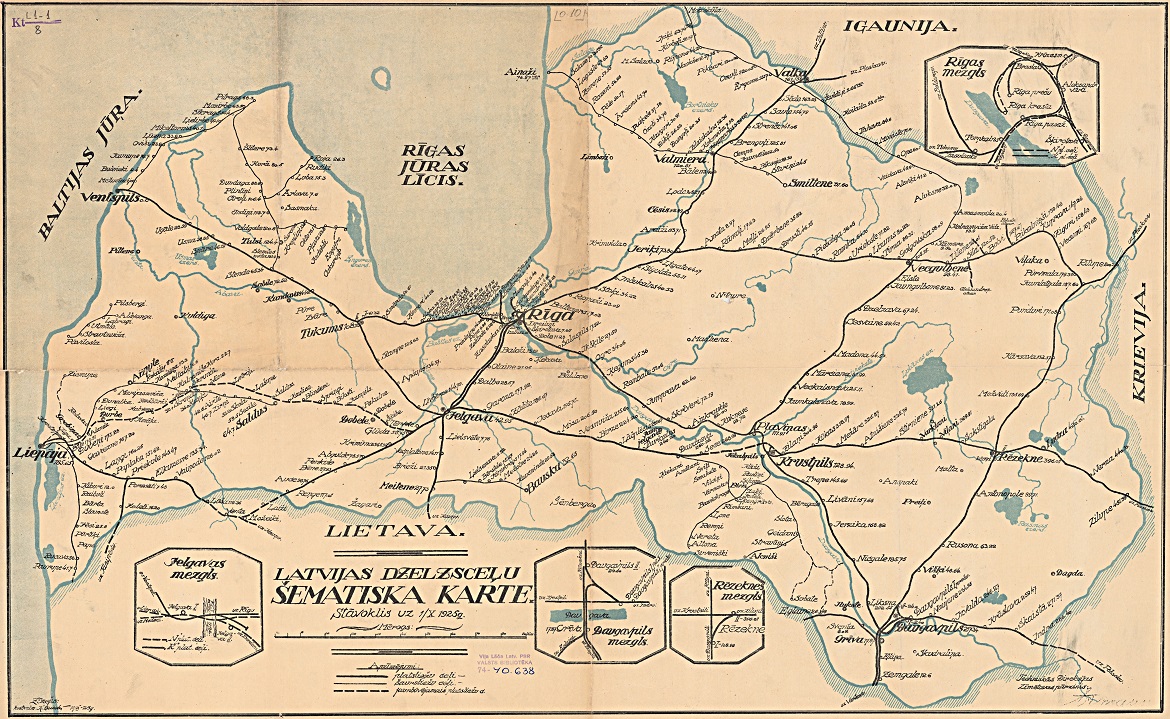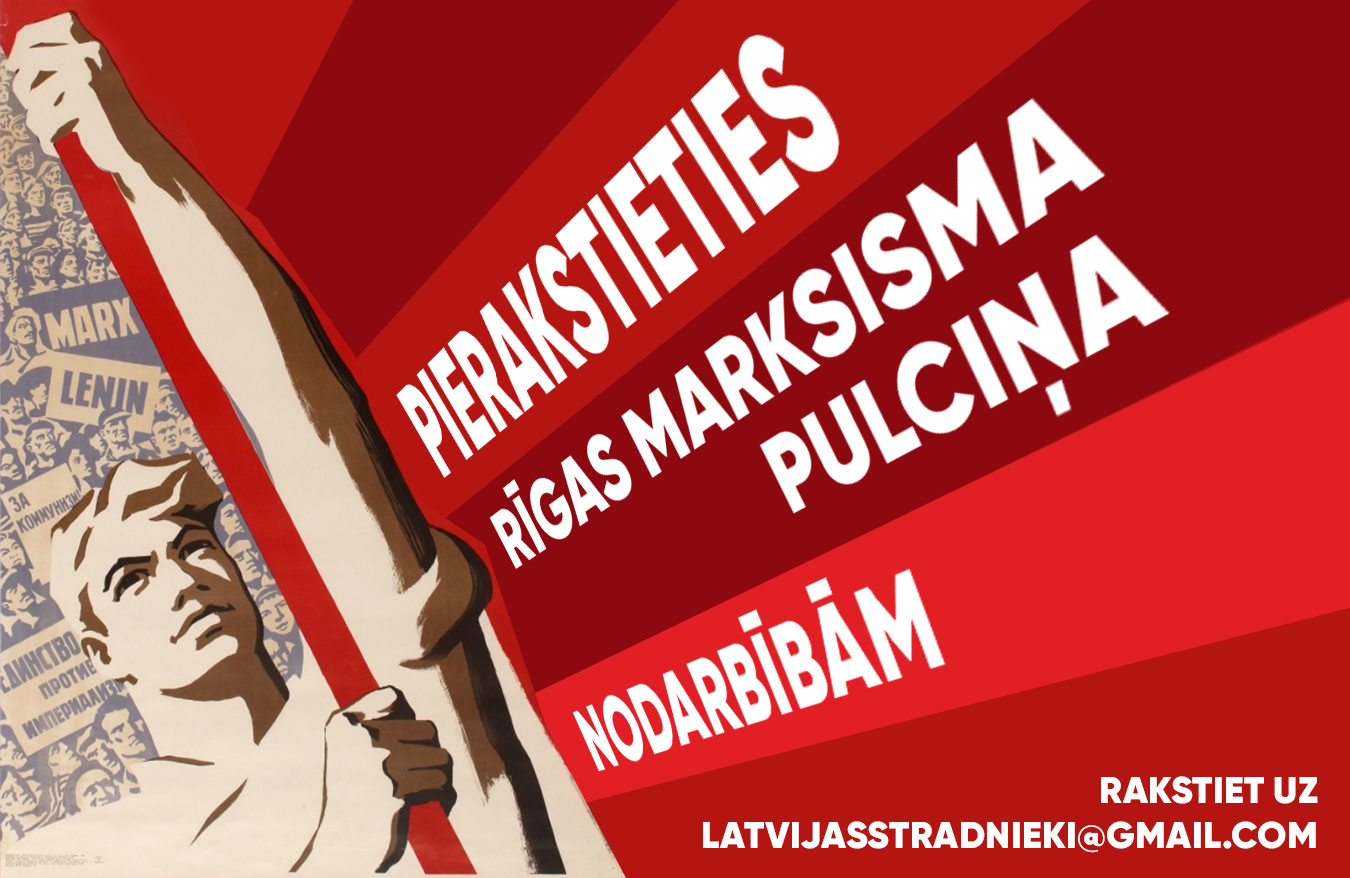In the official Latvian historiography, the start date of the functioning of the Latvian Railway is considered August 5, 1919. From this day on, the official events are being dated. This is not true in terms of the real historical state of things.
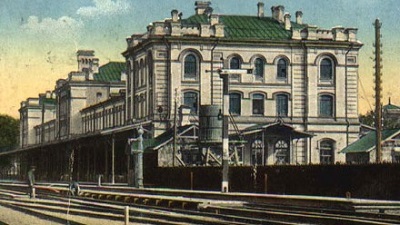
The construction of the Latvian railway network began in the second half of the 19th century. In 1860, the Pytalovo–Dinaburg 1 section of the Petersburg–Warsaw Railway was opened, and in 1861 the Riga–Dinaburg line began to operate. The opening of the Rybinsk–Vindava 2 and Libava 3–Romny railways contributed to the development of Latvian ports in the foreign trade of Tsarist Russia. The first narrow-gauge railway lines (750 and 1,000 mm) were opened in 1897–1900. During the years of the First World War, several narrow-gauge railways 600 mm wide were built for the needs of the army and forest transportation.
In the period of bourgeois Latvia (1920–1940), the Liepaja–Gluda (1929), Rezekne–Sita (1934), Madona–Lubana (1935), Riga–Ergli and Riga–Ruiien railway lines were built. The broad gauge railways had a gauge of 1,435 mm (European gauge) and 1,524 mm (Russian gauge) 4.
During World War II, the railway sector suffered significant damage. After the expulsion of the fascist invaders, the restoration of broad gauge railways (1,524 mm), as well as partially narrow gauge lines, began. During the years of rapid development of road transport, narrow gauge railways were eliminated, with the exception of the Gulbene-Aluksne section (only 34 km).
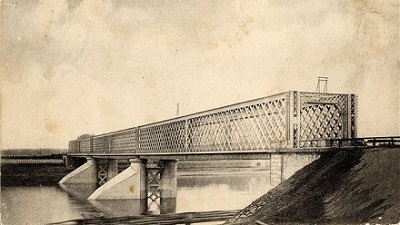
During the years of socialist development, the electrification of railways began. On July 15, 1950, the electrified Riga–Dubulti section was opened. Then, electrification was carried out along the following routes: Riga–Dubulti (1950) –Kemeri (1951) –Tukums-II (1966), Riga–Mangali (1957) –Vetsaki–Carnikava (1958) –Saulkrasti (1958) –Zvejniekciems (1971) –Skulte (1992), Riga–Ogre (1959) –Parogre (1961) –Jumprava (1968) –Aizkraukle (1969), Tornakalns–Jelgava (1972). This work was continued in the direction of Sigulda: by 1990, the Riga–Ropazhi section was electrified.
In 1981, with the completion of the Ruiyen–Myzakyul section, the operation of the Riga–Tallinn line began. By 1982, there were already 2,384 km of railways in Latvia, and the Latvian railway occupied the first place in the USSR in terms of length per one square kilometer of the country’s area.
In 1986, approximately 40 million passengers were dispatched from Riga-Passenger Station. On average, up to 204 trains were in circulation per day, and up to 245 trains on weekends and holidays.
Restoration of Capitalism
After the counter-revolution of 1991 and the restoration of capitalism, Latvia withdrew from the USSR, becoming a separate capitalist state. On January 1, 1992, the Latvian Railway was established as a separate enterprise. The Baltic Railway (one of the branches of the Soviet Railways) was divided into the Lithuanian Railway, the Kaliningrad Railway (a branch of the Russian Railways), the Latvian Railway and the Estonian Railway. The Pytalovsky junction was transferred to the Oktyabrskaya Railway (Russian Railways).

From the same year, the newspaper “Railwayman of Latvia” began to be published in Latvian and Russian. Until December 1991, the newspaper was called “The Baltic Railroad.” The printing house, as well as the main office of “The Baltic Railway,” was located in Riga.
It is interesting that the common railway ceased to exist only in 1992, when Latvia had not been a member of the USSR for six months already (the Supreme Soviet of the Latvian SSR declared Latvia an independent state on August 21, 1991, and on September 6 of the same year President of the USSR M. Gorbachev recognized it with his decree). But a railway enterprise cannot be divided just by declarations of officials and the newly-minted bourgeoisie during one day, since this is a huge well-coordinated infrastructure. It is worth noting that the Latvian railway is still a member of the Organisation for Cooperation Between Railways (OSJD), which is made up of all former Soviet railways. Unlike the political palette, there are no railways completely independent from the OSJD in the territory of the former USSR. OSJD also includes countries with ambiguous regimes, such as Moldova, Georgia, Turkmenistan, Estonia, Latvia, and Lithuania.
After the destruction of the large country of Latvia, a dense railway network covering a significant part of its territory, convenient passenger traffic, a large fleet of passenger and freight cars and a very large supply of diesel locomotives was acquired. It is worth noting that Estonia and Lithuania inherited from the USSR a significantly smaller park.
In 1993–1994, the company was corporatized, but the collective capitalist, the bourgeois state of Latvia, became the owner. Until 1994, good passenger traffic remained in Latvia. From Riga it was possible to reach all corners of Latvia quite calmly on a large number of trains. But such a railway paradise did not last very long.
Destruction of Railway Network
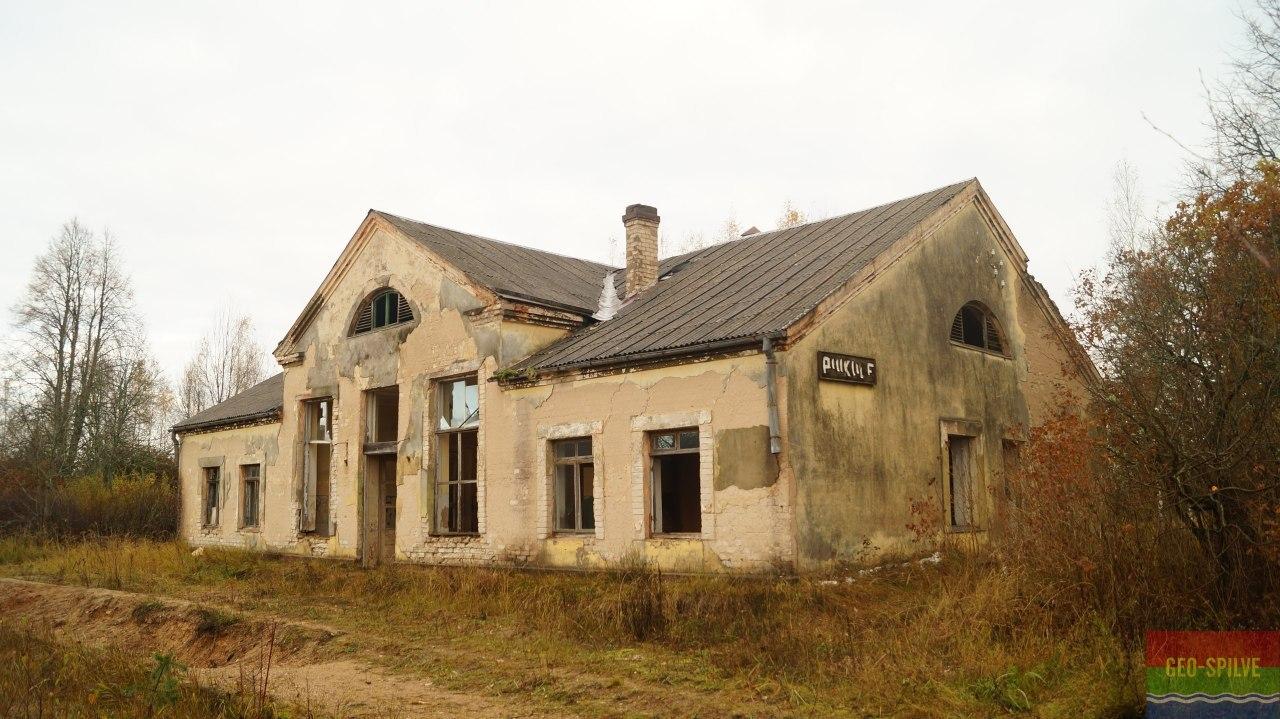
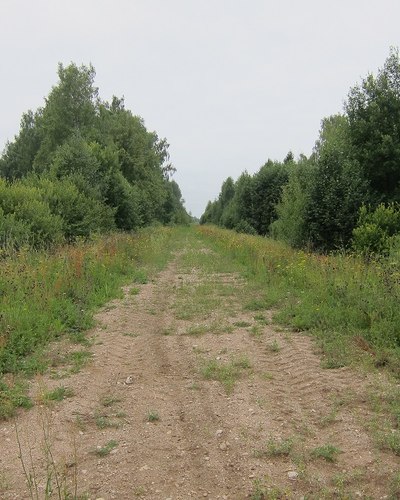
Since 1995, a wave of reduction in local trains has begun in the republic. In 1995-1997, train connections on the routes of Ventspils-Liepaja, Karsava-Rezekne-Daugavpils-Kurtumsums-Eglaine, Limbaži-Aloia-Ipiki, Jelgava-Meitene, Liepaja-Vainode, Jelgava-Tukums were closed.
1998-2000 years. Closed passenger trains on the routes Skulte-Limbaži, Gulbene-Jeriki, Jelgava-Krustpils.
Year 2001. The connection of trains on the Daugavpils – Indra and Gulbene – Vecumi routes is closed.
2004-2007 years. Passenger traffic on the Riga – Liepaja, Riga – Renge, Riga – Ventspils, Riga – Ergli routes is closed. At the moment, the Riga-Liepaja route has been partially restored, and only the summer tourist train runs along the Riga-Gulbene route.
However, the closed railway lines by the very fact of their presence did not give rest to the bourgeois authorities, and in the mid-2000s, it began their mass dismantling. The first dismantled sections by 2005 were: Liepaja – Ventspils, Liepaja – Vainode, Madona – Lubana, Skulte – Ipiki and further through Estonia to Pärnu. Thus, the direct Riga-Tallinn railway line, opened in 1981, ceased to exist. Rails were dismantled on the route Jeriki – Gulbene – Vecumi. From the Russian border to Pytalovo there is a completely overgrown section of this railway. However, in the documentation of the railways of Russia it is also deleted. Thus, the Pytalovo – Gulbene – Jeriki line no longer exists either physically or legally.
Struggle Against Population
Of course, no one thought of the convenience of passengers. Not only are all the above-mentioned railways closed and dismantled, but also the traffic intensity on the existing lines is steadily decreasing. On the Riga-Skulte line, all intermediate electric trains to Vecaki and Carnikava were eliminated; on the line to Aizkraukle, many electric trains to Ogre were removed, as well as all additional electric trains to Salaspils. On the Riga – Valga line, diesel trains Riga – Ieriki, Riga – Cesis were removed, trains to Valmiera and Valga were reduced. A decent passenger service was left only to Sigulda.
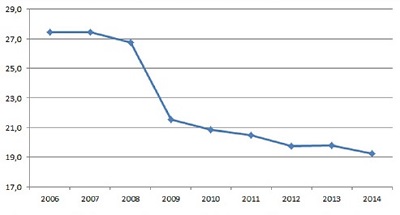
At the same time, no alternative to the train is created, that is, it is impossible to get to many parts of Latvia either by train or by bus. Entire areas are generally devoid of any infrastructure and railway transport, which not only infringes passengers, but also deprives residents of stable work, and local enterprises – normal functioning.
Local residents tried to defend their interests, but this struggle was spontaneous, fragmented and was not aimed at the true cause of the destruction. Therefore, it was easily suppressed. For example, the sensational closure of the Liepaja – Vainøde line was accompanied by outright violence against the local population. Vainode village is located near the border with Lithuania, it once had not only a railway station, but also one of the largest military airfields in the Baltic States. In the events that unfolded in Vayneda, the essence of the state as an apparatus of violence is clearly visible.
In August 1997, dissatisfied residents of the village staged a protest against the closure of the railway. People using furniture and various objects blocked the access roads, not releasing the last train from the station. Vilis Krishtopans, who was then Minister of Transport, arrived in Vained and promised the protesters to resume the movement of passenger trains in the near future. Indeed, on November 1, the movement was resumed. However, a criminal case was opened on the fact of the protest rally, and only three months later, in February 1998, the movement was again closed, this time – completely. Inspired by their last victory, the Vaino people again took to the railway tracks, but this time there were no negotiations: the police simply dispersed the protesters.
Railway workers
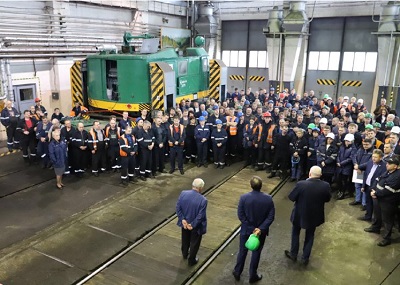
Contrary to the popular myth that the market itself will regulate everything, the price of labor (i.e., salary) for some reason changed by the willful decision of the state apparatus, which did not at all reckon with the notorious market. For example, in 2010, the Prime Minister of Latvia Valdis Dombrovskis issued a decree on lowering wages for railway workers. The economic crisis served as a convenient excuse for this, despite the fact that the volume of goods transported at that time did not decrease at all.
Since 2010, at all state-owned enterprises, by order of the Cabinet of Ministers, bonus payments for production were canceled. In fact, the so-called “premium” sometimes amounted to half the salary. The railway leadership then raised salaries, hypocritically reporting on successes. In fact, the salaries of workers fell by 100 lats (142 euros). The fall in real income continued in the future, with the transition from lats to euros.
On February 3, 2020, the first mass layoffs of workers were announced on the Latvian railway: 1,500 people will be reduced during 2020, but even more are expected to be reduced in its subsidiaries. In 2002, a cargo repair depot was liquidated in Riga, which also deprived many people of their work, despite the fact that Riga is an important cargo hub. Recall that the Latvian railway, depriving people of work, is a state joint-stock company.
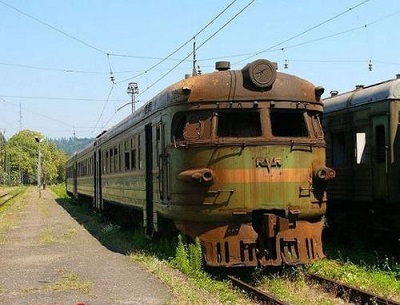
Over the 30 years of rule, the capitalist state has repeatedly proved its complete indifference to the fate of thousands of people who lost their jobs. Therefore, workers must remember that the consequences of their political separation, the lack of a tendency to unite, will only aggravate their social situation. It is not in vain that since the 1990s there has been a continuous division of the general collective of railway workers. Private subsidiaries of the Latvian railway appeared: LDZ Infrastructure (LDZ Infrastruktura), LDZ Cargo (LDZ Cargo), Passenger Train (Pasažieru Vilciens), Latvian Express (Latvijas Ekspresis) and others.
The Latvian Railway Workers Union is nothing more than an imitation of worker protection activities. The board of the trade union always agrees with the board of the railway, and these agreements are always in favor of the employer. In 2006, in an interview with our correspondent (a railway worker back then), the chairman of the Latvian Railway Workers Union Savely Semenov openly declared: “Yes, this is capitalism and the Soviet Union is gone. If your salary has been lowered, it is your fault that you are not in my place.”
As we see, neither the state nor the yellow trade unions will defend the interests of workers. It is obvious that the capitalist, vitally interested in the separation of workers, does not wait, but actively acts, destroying conditions that are even potentially favorable for unification.
In the second part of the article, we will talk about scams on the railway,
about the political scandals taking place around it, about international
and freight traffic and further harassment of railway workers.
